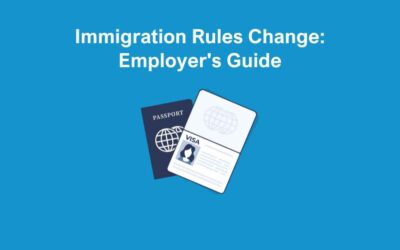When you’re hiring, you want to find the best candidate in the most efficient, reliable way possible. Psychometric testing may be your answer. It has the ability to measure traits, like aptitude, communication and emotional intelligence, instead of relying on education, qualifications and experience, which don’t always give us a realistic impression of someone.
You know that many candidates will tell you what they think you want to hear during an interview, which can sometimes lead to a bad hire. People can’t hide from a psychometric test!
This can be a great way to save time in your interviewing process, too. If you give your favourite candidates a psychometric test before you meet them, you’ll be able to weed out those who definitely aren’t suitable for the role, or the business, before you sit down to chat. However, there are also down sides to psychometric testing that must be considered.
What is Psychometric Testing?
This type of recruitment tool is an assessment that candidates undertake so employers can evaluate their personality, skills, knowledge, qualifications, and much more. This style of test can also be timed so employers can see how well the candidate can handle working under pressure and on a deadline.
There are three different types of Psychometric testing that businesses can use as part of their recruitment efforts. This includes an aptitude test, personality test, and assessment centres.
Aptitude tests look at how candidates differ in their ability to carry out or perform different tasks. The main goal of this type of test is to assess skills such as literacy, and numeracy.
A personality test evaluates how people differ in their style of completing tasks, and in the way they interact with other people and their environment. This is used to see how well the person will fit in with the workplace. As part of this evaluation, candidates may be asked to complete personality questionnaires, situational tests, and leadership evaluations.
Assessment centres are used to assess human interaction. This type of test is usually facilitated by an assessor.
The Down Side to Psychometric testing
One of the negative aspects of Psychometric testing is that it’s not always accurate. The candidate may not answer honestly and instead say what they think the employer wants to hear. In addition, more traditional recruitment methods such as face-to-face interviews can be a better way of getting to know candidates.
Not everyone is great at taking tests. This can make candidates feel nervous and they might not be able to showcase their skills and abilities in the best way. In addition, you can risk overlooking great candidates by opting for this type of recruitment method.
In Conclusion
If you haven’t already tried psychometric testing when hiring, you may wish to give it a go. It may give you a more consistent way of finding the candidates that not only have the right qualities for the role, but it can also give you an idea of how well they work under time pressures. However, traditional methods of recruitment such as face-to-face interviews are a crucial part to get to know employees. It’s also an important way to find out how well they will fit within the workplace. In addition, we encourage you not to solely rely on psychometric testing when searching for candidates.
If you would like any support with your recruitment, you can contact us on 01383 668 178. You can also take a look at our recruitment packages here.







